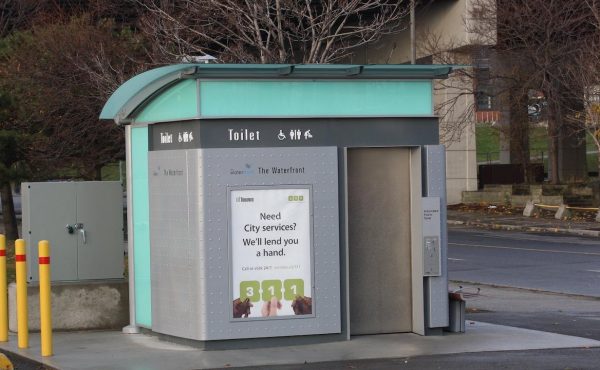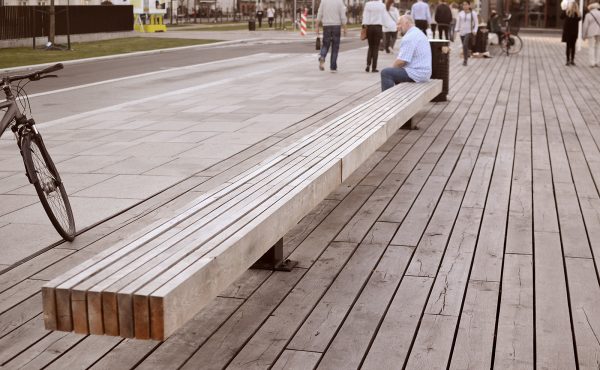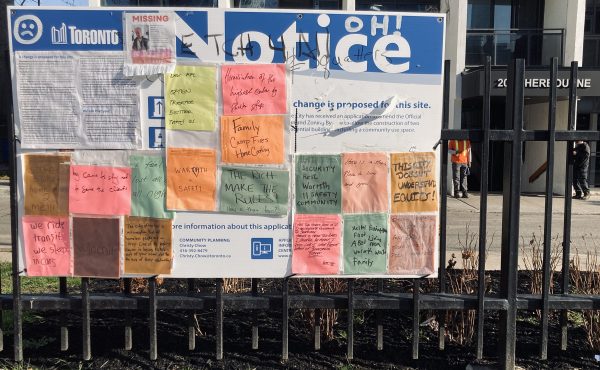
A new research project is being developed in the United States to quantify the degree to which the urban environment — mixed use, density, public spaces (or lack thereof) — affects people’s health and weight.
The operating hypothesis is that a mixed-use, attractive urban environment that encourages people to walk a lot results in a healthier, less obese population.
“The more mixed an area, the skinnier people are” says Andrew Rundle, an assistant professor of clinical epidemiology at Columbia University’s Mailman School of Public Health who is working on the New York study. He wants to know whether neighbourhood amenities, such as corner stores, parks, decent sidewalks, and access to public transit, affect a person’s diet and activity levels.
The study will demonstrate the importance not just of density, but of mixed uses and an attractive urban environment filled with amenities and destinations.
A desolate stretch of New York University faculty housing along West 3rd St. has no street-level shops or restaurants. Residents are not likely to go out for an afternoon walk, says Rundle. “This space is a dis-amenity,” he says, gesturing towards the grey block building. “It’s a boring street to walk down. Look, there’s no one out.”



